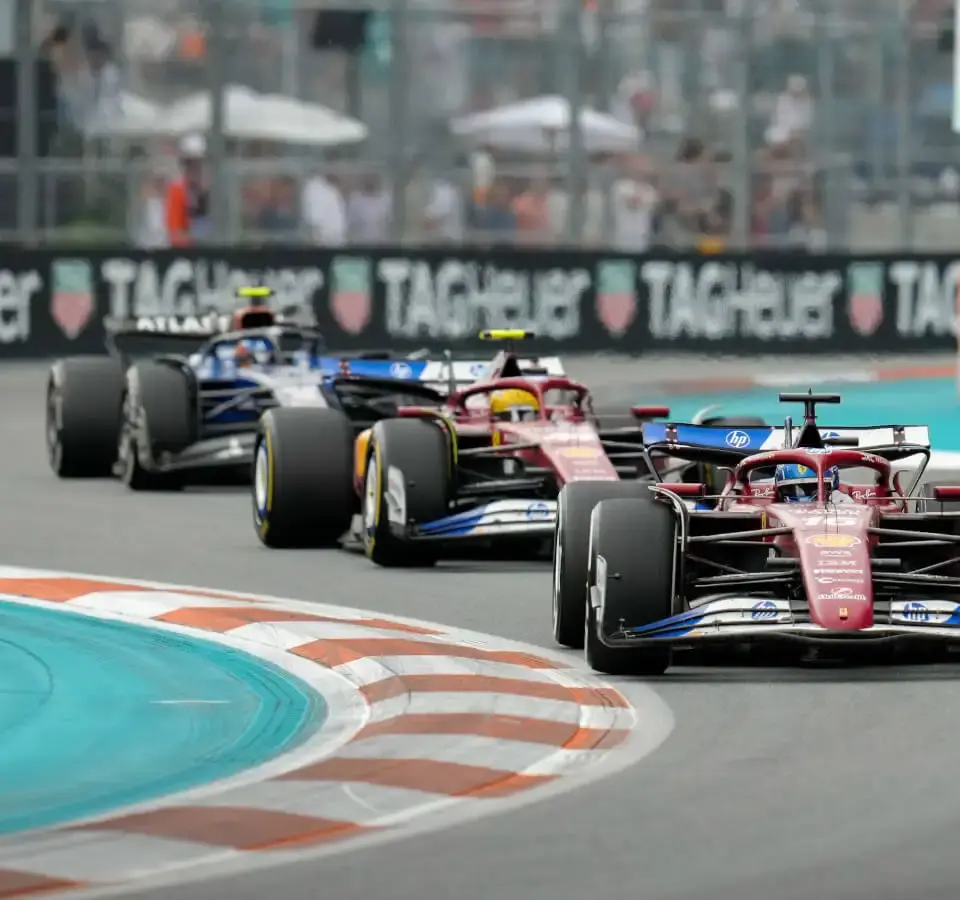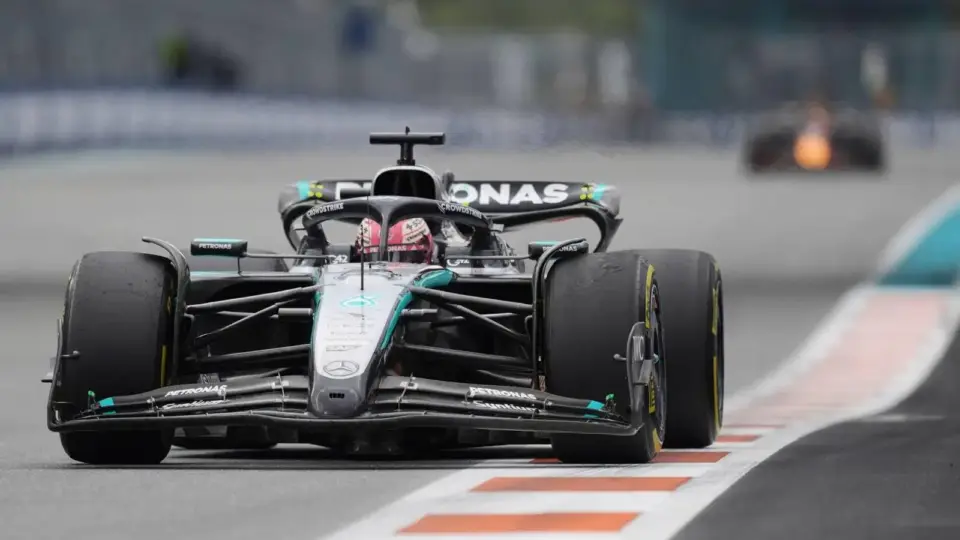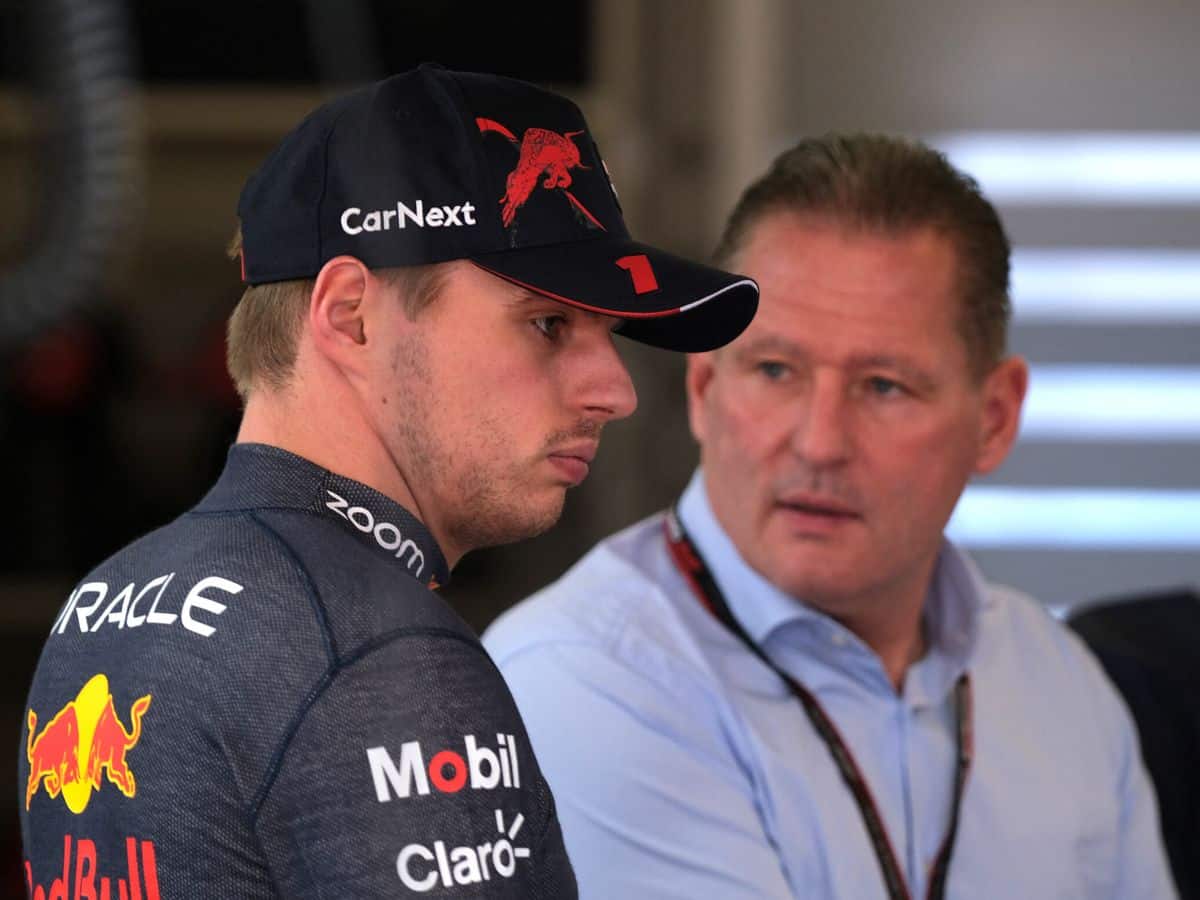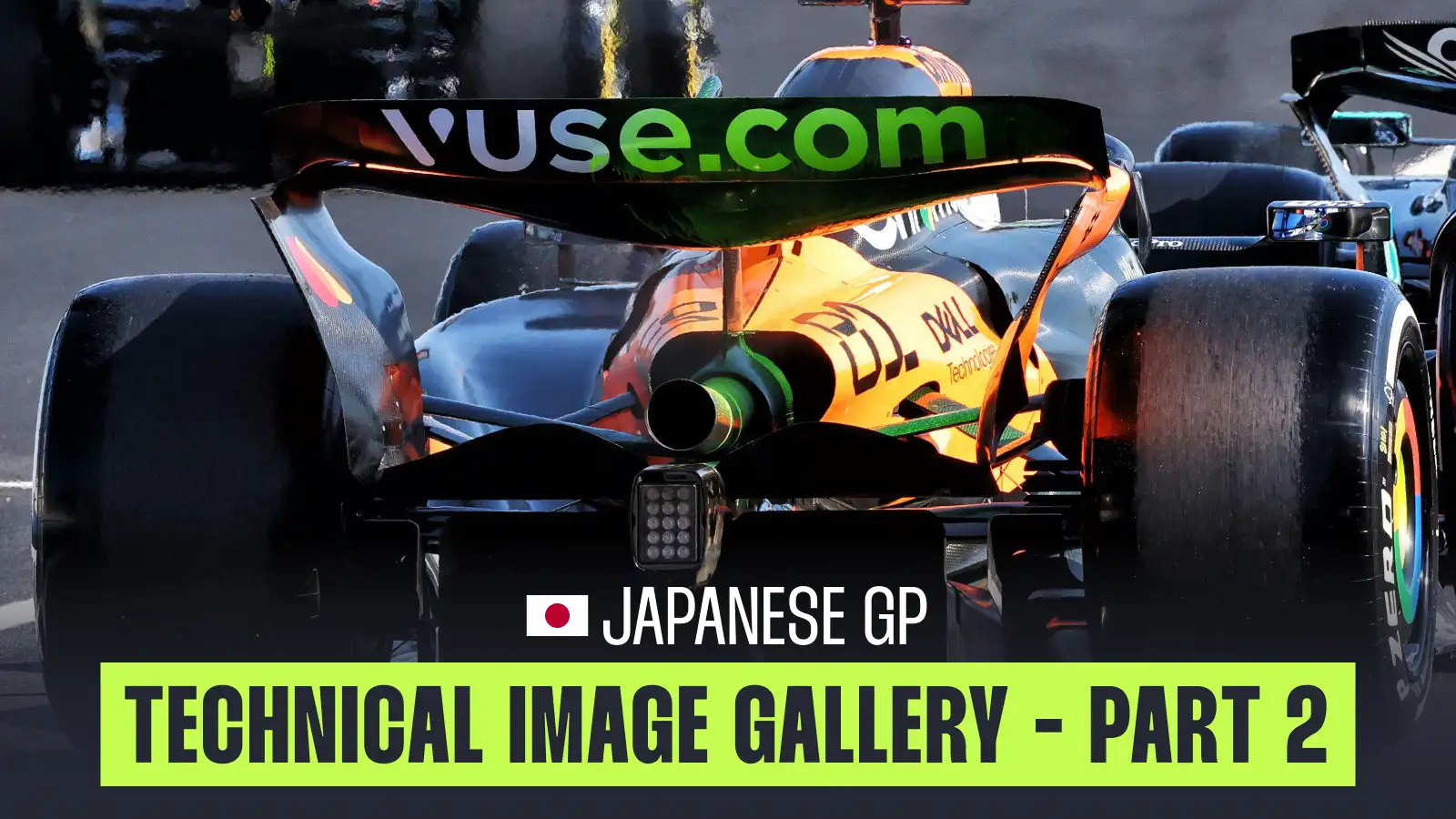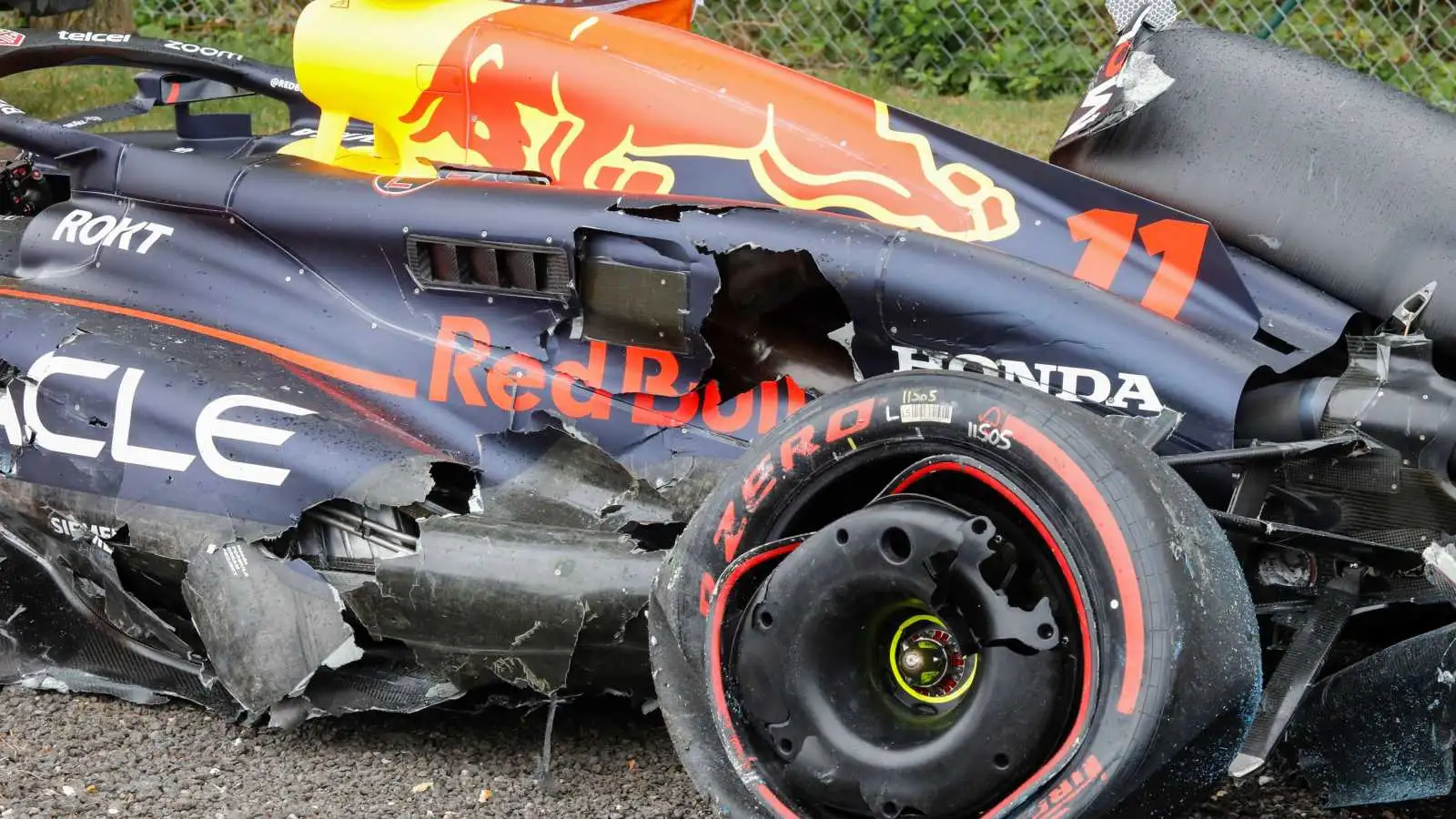Picture this: Lewis Hamilton in the cockpit, tensions high, and the race engineer’s voice crackling over the radio. Those exchanges? Not your typical Sunday chat.
Every Formula 1 race weekend is fraught with moments of crunch decisions, but none more so than in Miami for Lewis Hamilton. He called for quick decisions, while behind the wheel, adding a pinch of humor with a ‘tea break’ comment. But beyond the radio jabs, what really happened on the track?
A Frustrating Ferrari Face-off
In Miami, Hamilton found himself stuck behind his teammate Charles Leclerc. The frustration was evident as he felt like he was faster, yet the team hesitated to swap positions. A similar situation unfolded in China, only roles were reversed. Hamilton’s calls for a ‘tea break’ were a demonstration of his impatience and desire to push forward.
The Radio Exchange Saga
Hamilton’s comments to his race engineer Riccardo Adami raised plenty of eyebrows. Sarcasm dripped from his words as he quipped about letting Sainz pass too. While not unusual for races to have in-the-moment frustrations, the heated commentary stood out against his usual tone.
‘Do you want me to sit here the whole race?’ he questioned. Such explicit frustration was rare for Hamilton but reflected the pressure he felt in the cockpit. Adami’s responses aimed to calm the situation, though Hamilton’s jabs continued as he cited teamwork issues.
Strategy Hiccups and Decisions
The essence of Formula 1 is as much about strategy as it is about speed. In Miami, indecision from the Ferrari camp led to Hamilton’s outspoken radio messages. Another key moment was when Hamilton’s ability to catch up was questioned, leading to more sarcastic retorts.
With Leclerc and Sainz around him, Hamilton’s push to alter the strategy seemed sensible. Yet, when the swap back decision was made, it highlighted the complexities teams face during dynamic races. Hamilton’s experience both fueled his impatience and highlighted his strategic insight.
Interception by Team Principal
Hamilton’s fiery exchanges prompted a post-race visit from Ferrari’s team principal Fred Vasseur. It wasn’t a reprimand but more of an understanding exchange. Hamilton stood firm, explaining his remarks were more sarcastic than angry.
Hamilton noted to the media that his words might have been misconstrued. He depicted the radio conversation as pressure-induced, far from the aggressive exchanges some interpreted it as. With tongue-in-cheek commentary, he aimed for clarity.
Hamilton Defends His Approach
Despite all the scrutiny, Hamilton was unapologetic. To him, the radio messages conveyed his hunger for victory. Having fought fiercely over the years, he continued to assert his competitive nature.
‘I’m a fighter,’ Hamilton declared. His insistence on making quick team decisions stems from his drive. He stressed that the team’s spirit aligned with his own—they shared the common goal of competing at the highest level.
Comparing With the Mercedes Era
Many fans drew comparisons to Hamilton’s tenure with Mercedes engineer Peter Bonnington. Hamilton acknowledged the difference but explained that each team and race presents unique challenges. Sarcasm aside, his focus remained on winning.
Hamilton reminisced about past strategies that worked seamlessly, yet he stayed hopeful about improving with his new team. ‘We’re working on it,’ he emphasized, noting that collaborative strategies could bring back the top-tier finishes. His commitment remained unshaken.
Looking Ahead to Future Races
The Miami GP was a learning curve, with Hamilton optimistic about what’s next. His aim was clear: podium finishes. The fiery exchanges in Miami were a part of racing life, showcasing his drive for success.
With improvements, Hamilton believed Ferrari could match the top contenders like Red Bull. He was confident that once car issues were addressed, future races could see him fighting at the front.
The message was clear: despite setbacks, the journey continued. Hamilton was fueled with determination, eager to compete at the top level once again.
Pressure in the Driver’s Seat
Formula 1 drivers, under immense pressure, often express emotions in real-time. For Hamilton, the Miami track was another stage where he showed his tenacity. His comments weren’t about disrespect, but about pushing boundaries.
Perceptions from outside the car often differ. Hamilton’s approach, while sometimes misunderstood, was about maintaining competitive edge. By articulating his thoughts aloud, he played a mental game as much as a physical one.
The Aftermath of Miami
In the end, Hamilton finished eighth, scoring valuable points. The race left him trailing Oscar Piastri, yet his focus remained on future challenges.
Hamilton’s Miami venture wasn’t just about overtaking cars; it revealed much about teamwork and resilience. Back to battling for wins soon.
